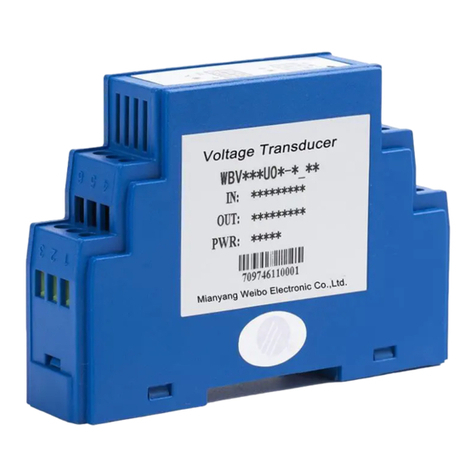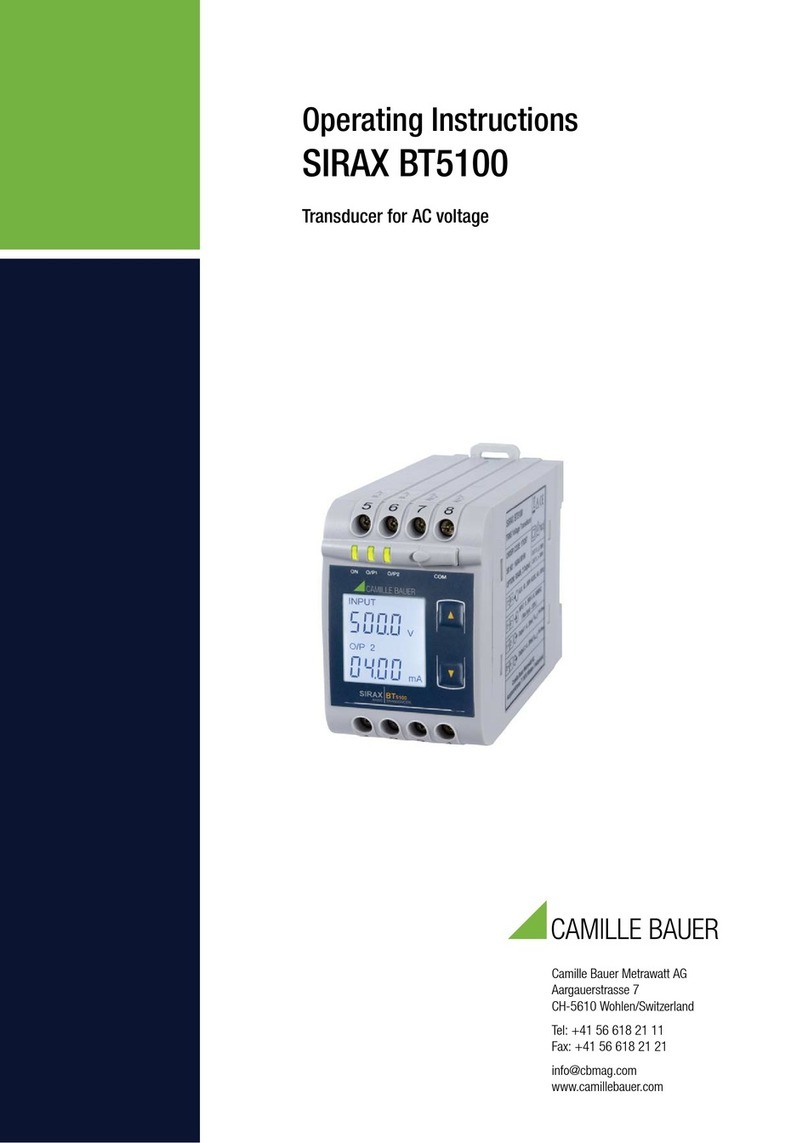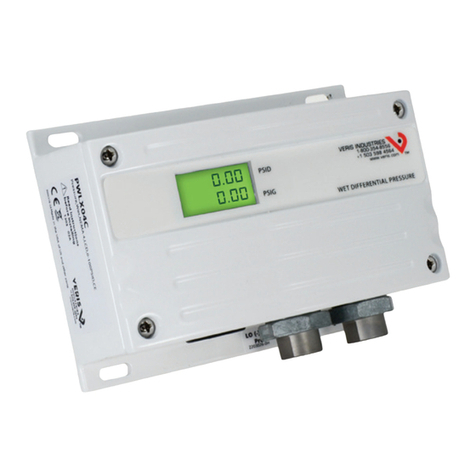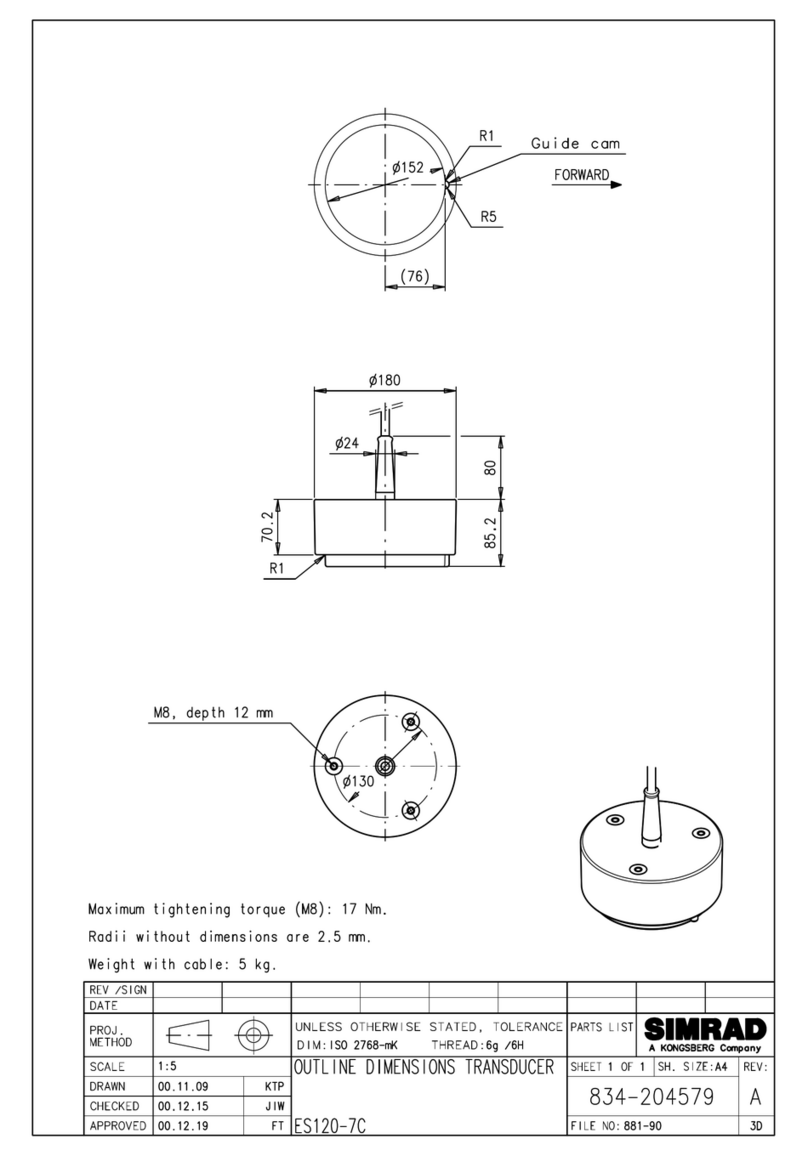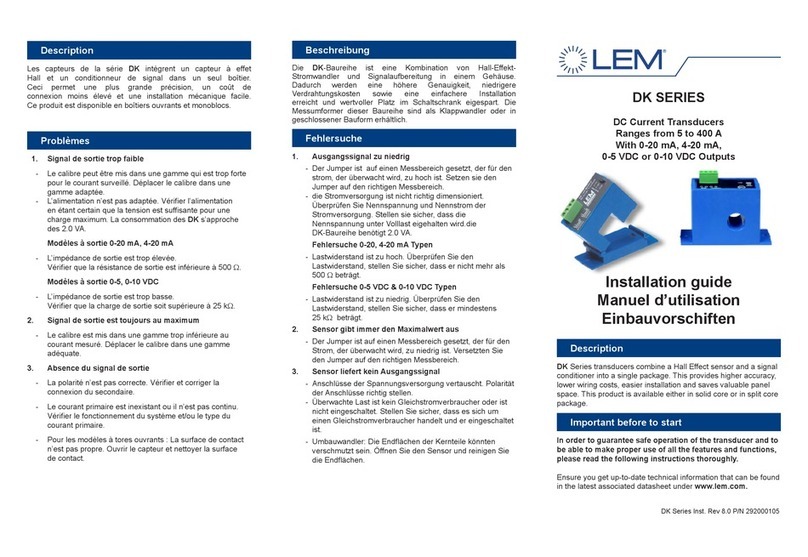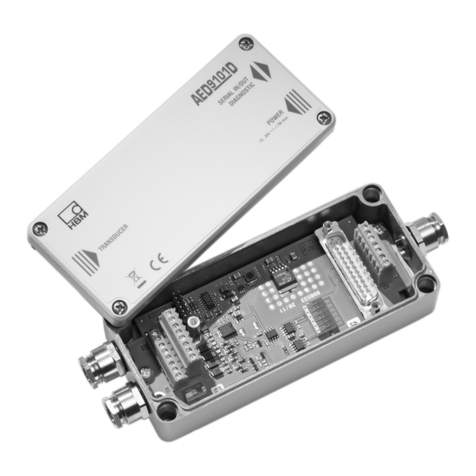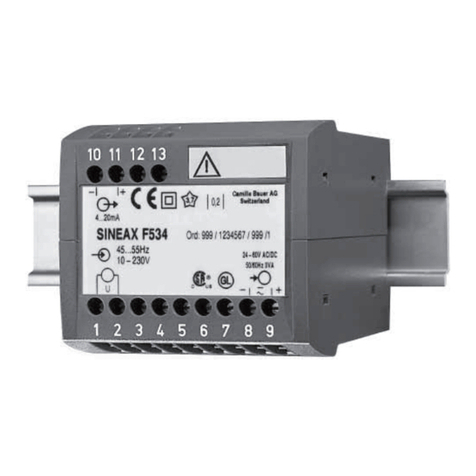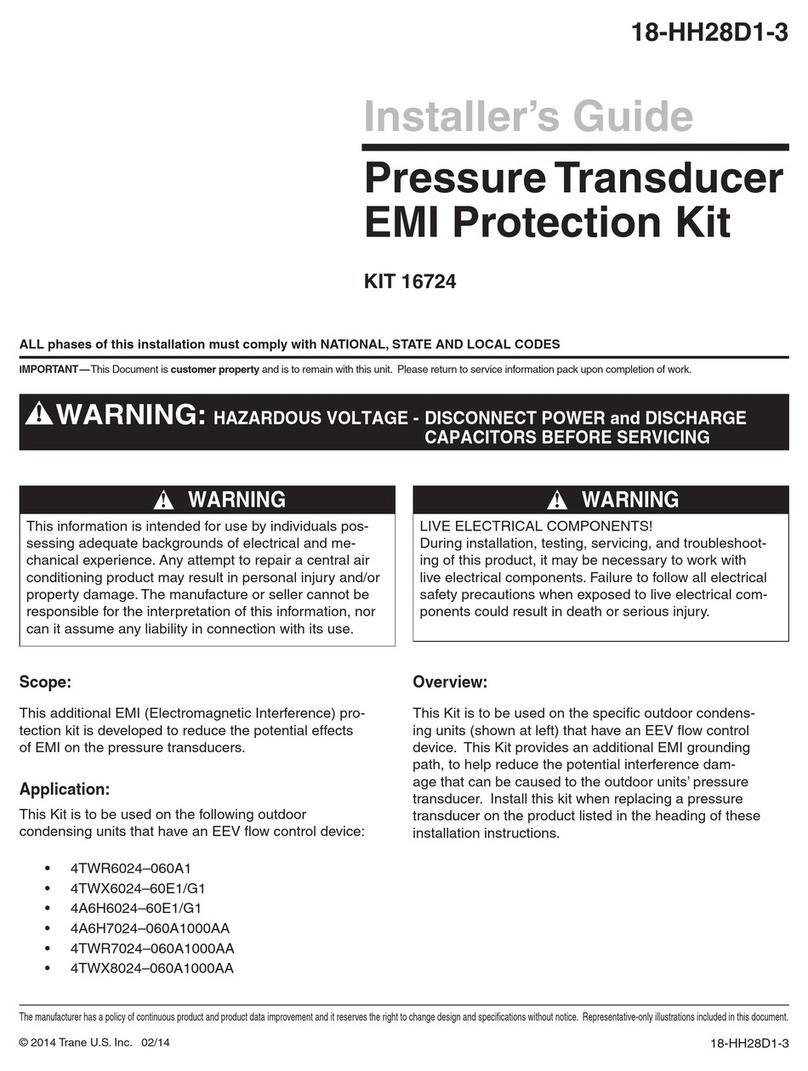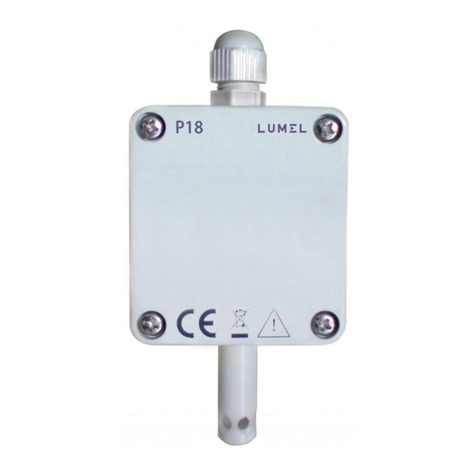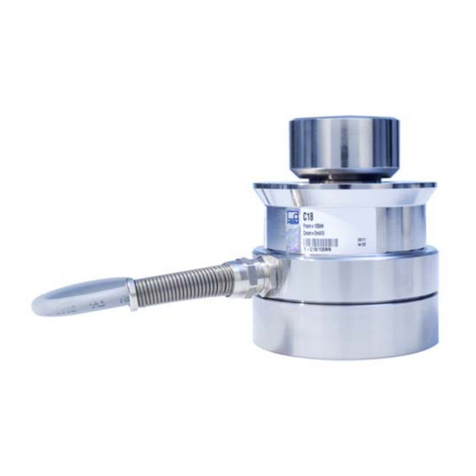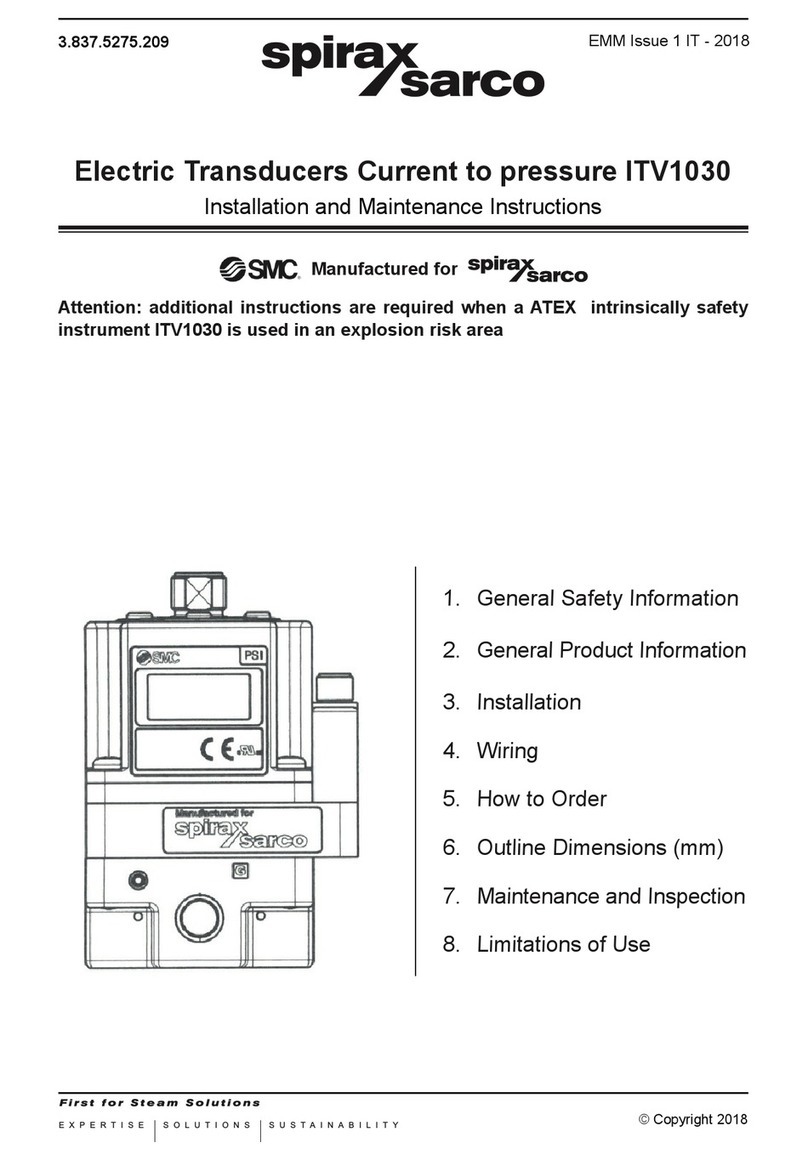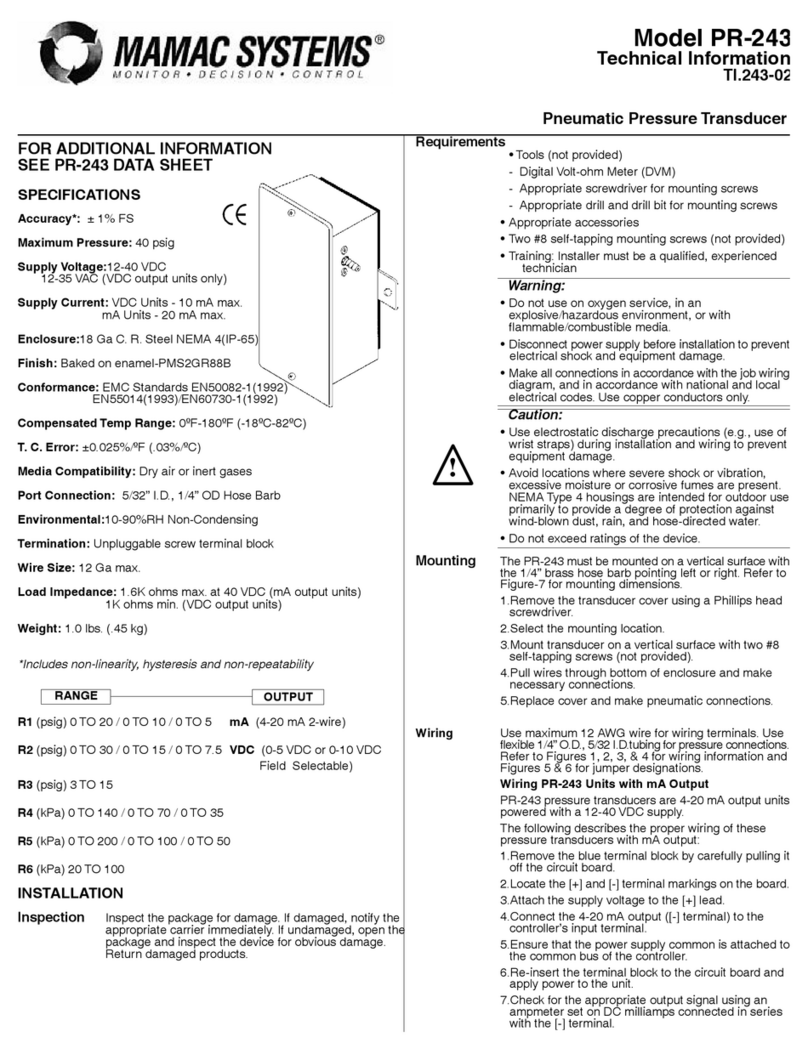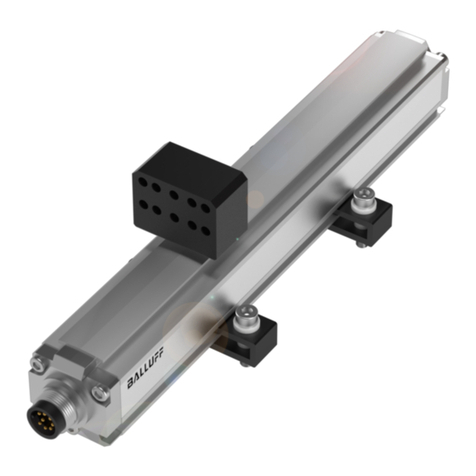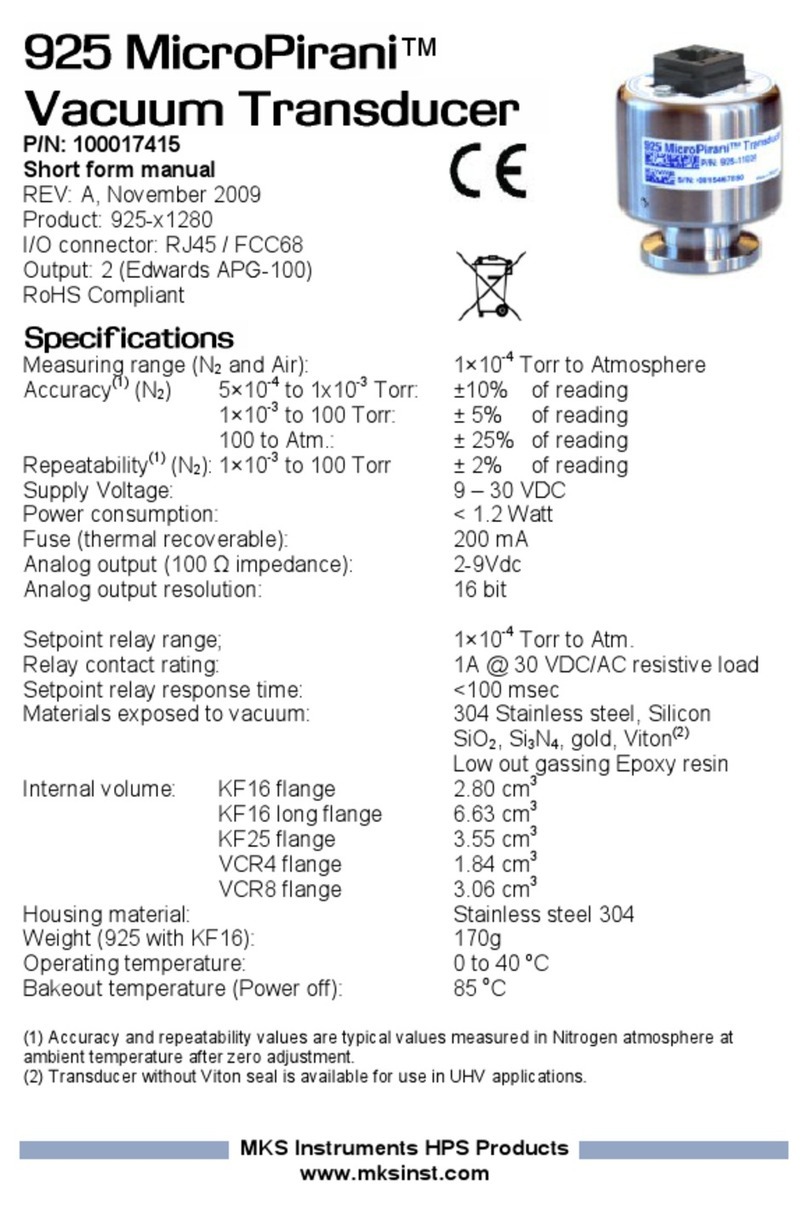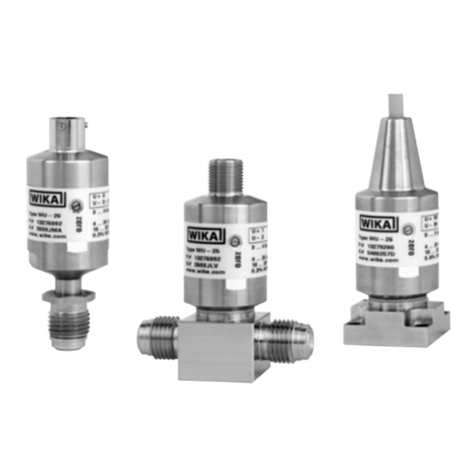
c. Press [ PT ] button, indicator displays “ ”, press [ Fn ] button to choose
divisional value.
d. Press [ PT ] button, indicator displays “ ”, then press [ Fn ] button to
choose parameters. When F1.1=0, it means normal calibration of two points
(zero point and another weighing point). When F1.1=1, it means calibration of
three points (zero point, weighing point 1 and weighing point 2). Usually F1.1=0
is chosen.
e. Press [ PT ] button, indicator displays “ ”, it means zero will be
calibrated, at this time check if there is nothing on the scale.
f. Press [ PT ] button, indicator displays “ ”meanwhile the light
pole is extinguished gradually. During this time the reading is unstable and the
light pole comes back to the full-bright state. If it keeps full-bright all the time,
please turn off the power supply to check wire connection of system or contact
our after-sales services department. After light pole fully extinguished, indicator
will turn to next step automatically.
g. When indicator displays “ ”, calibrate the weighing value. Standard
poise is put on the scale and the poise whose weight is more than 20% of
maximum weighing value is recommended. The poise is put evenly or at the
center of scale.
h. Press [ PT ] button, indicator displays “ ”, meanwhile the light
pole is extinguished gradually. During this time the reading is unstable and the
light pole comes back to the full-bright state. After light pole fully extinguished,
indicator will turn to next step automatically.
i. The value of loaded poise should be inputted when indicator displays maximum
weighing value XXXXX. Press [ Fn ] button, position of glittering can be chosen
and press [→0←] button, value of glittering bits can be amended.
j. Press [ PT ] button, when F1.1=1, indicator displays “ , when
F1.1=0, indicator displays “ , take calibration step 13 for reference.
When indicator displays “ ”, it means the non-linearity of second point
of load is being amended. Adopting this method can improve it when linearity of
scale is not good. Then loading poise can be continued.
www.kelichina.com Page9of17
